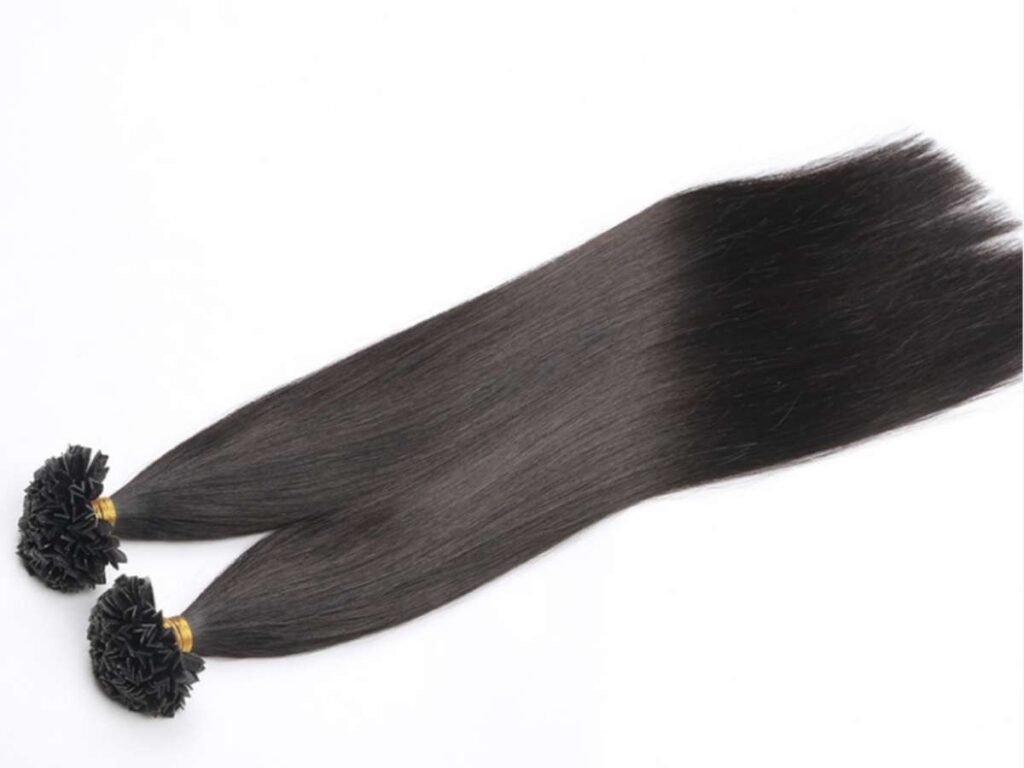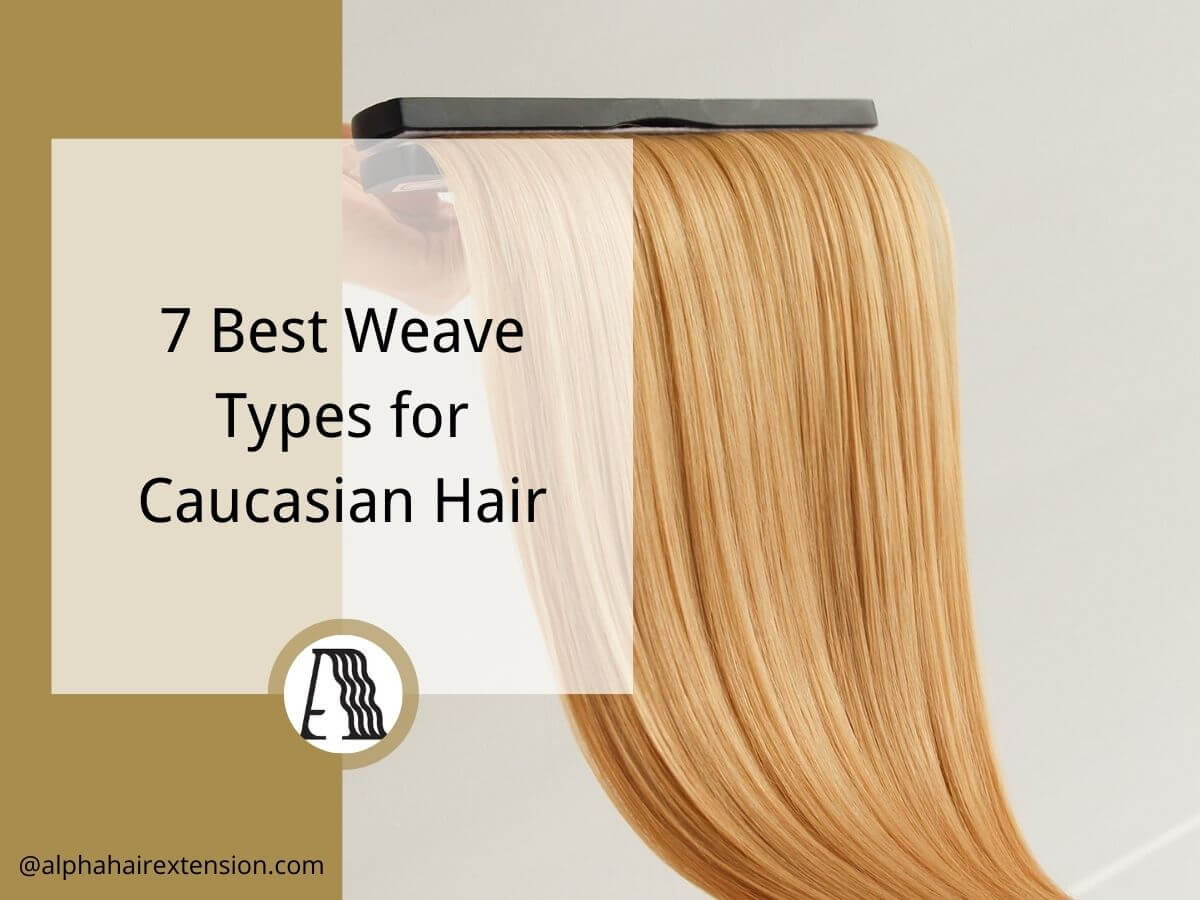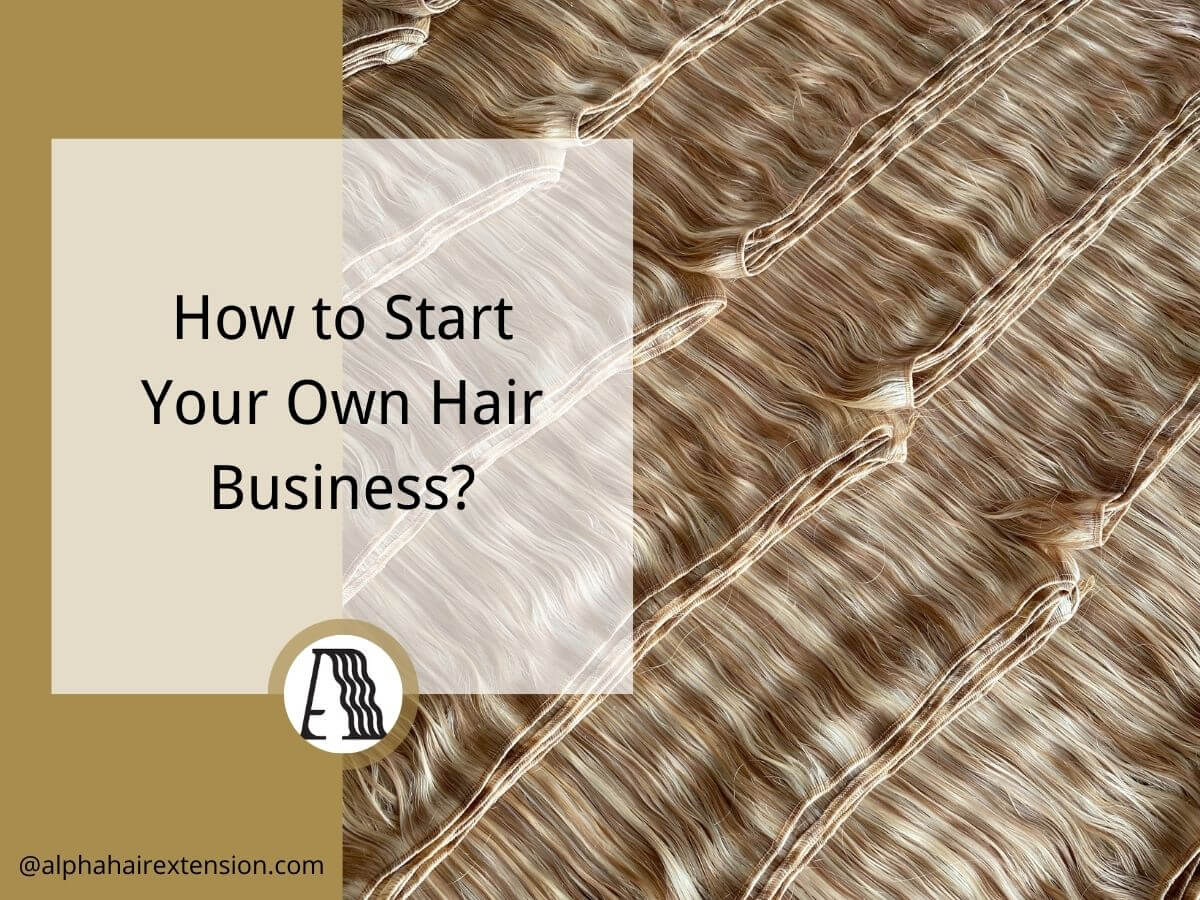If you’ve ever had a client complain about damage from hot fusion extensions or the inconvenience of tape-ins slipping too soon, you know how frustrating it is to find a solution that actually works. I’ve been there.
As a hairstylist and extension specialist, I’ve tested almost every method, some great, some not so much.
Cold fusion hair extensions caught my attention because they promised a gentler alternative.
But were they really better? Would they last? Would clients love them?
I asked the same questions you are asking now. That’s why I wrote this guide, to give you the answers I wish I had when I first looked into cold fusion.
You’ll learn what they are, how they work, and whether they’re a smart option for your business. By the end, you’ll have a clear understanding of whether cold fusion extensions are worth your time and investment.
Let’s start!
1. What Are Cold Fusion Hair Extensions?
If you’ve been in the hair business for a while, you’ve probably heard of fusion hair extensions. But what exactly is cold fusion, and how is it different?
Cold fusion hair extensions use ultrasound technology to attach strands of hair to natural hair. Unlike hot fusion, which uses heat to melt keratin bonds, cold fusion works without high temperatures. This makes it a gentler option, especially for clients with fine or fragile hair.
Here’s what makes it stand out:
- No heat damage – Perfect for clients worried about breakage.
- Flexible bonds – The attachment points move naturally with the hair.
- Long-lasting results – Extensions can stay in for 4 to 6 months with proper care.
BUT, who is cold fusion best for?
Not every extension method works for every client. Cold fusion is a great choice if your clients:
- Have fine, thinning, or damaged hair and need a low-risk method.
- Want semi-permanent extensions that last longer than tape-ins.
- Prefer a natural look and feel without bulky bonds.
2. How Does the Cold Fusion Hair Extension Process Work?
If you’re considering adding cold fusion hair extensions to your business, you need to understand the application process. Unlike other methods, this technique uses ultrasound waves instead of heat to bond extensions to natural hair.
The result? A strong, flexible attachment that blends seamlessly.
Cold fusion extensions are applied strand by strand, making them more time-consuming but also more natural-looking. Here’s how it works:
- Section the natural hair – The stylist separates the hair into small sections, leaving enough space between bonds for natural movement.
- Apply the extension strands – Each extension comes with a keratin tip, which is placed near the root of a small section of natural hair.
- Bond using an ultrasound machine – Instead of melting the keratin with heat, the machine softens it using ultrasonic vibrations. This creates a secure but flexible bond.
- Style as needed – Once all the extensions are applied, the hair can be cut, curled, or straightened to blend naturally.
The bonding process is what sets cold fusion apart. Since no heat is involved, the hair stays protected from thermal damage. But applying the extensions is just the first step, clients also need to know how to care for them properly.
Like any long-term extension method, cold fusion requires proper care to keep the bonds intact:
- Clients should avoid oil-based products near the roots.
- A gentle, sulfate-free shampoo helps prevent product buildup.
- Brushing daily with a soft bristle brush reduces tangles.
When it’s time for removal, a keratin bond remover solution and pliers are used to break down the bond. This allows the extensions to slide off without damaging natural hair.
Cold fusion offers long-lasting results, but is it the right method for your business? In the next section, we’ll compare it to other hair extension techniques.

3. Cold Fusion vs. Other Hair Extension Methods
Cold fusion extensions have gained popularity for their heat-free application and long-lasting bonds. But before you decide to invest in them, it’s important to compare them with other popular methods.
Here’s a clear breakdown of how cold fusion stacks up against hot fusion, tape-ins, and micro links. This will help you make an informed decision based on what’s best for your business:
| Feature | Cold Fusion | Hot Fusion | Tape-Ins | Micro Links |
| Bonding Method | Uses ultrasound waves to soften keratin bonds | Uses heat to melt keratin bonds | Double-sided tape attaches extensions | Small metal rings clamp extensions to hair |
| Heat Usage | No heat required | Requires high heat | No heat required | No heat required |
| Best for Hair Type | Fine, fragile, or damaged hair | Thicker, coarse hair that can handle heat | Medium to thick hair | Medium to thick hair (not ideal for fine hair) |
| Durability | 4-6 months | 3-5 months | 6-8 weeks | 3-4 months |
| Application Time | 2-4 hours | 2-4 hours | 30-60 minutes | 2-3 hours |
| Maintenance | Requires sulfate-free shampoo, avoid oils | Requires careful maintenance to avoid breakage | Needs retaping every few weeks | Regular tightening needed to prevent slippage |
| Reusability | Not reusable; new extensions needed after removal | Not reusable; keratin bonds are permanent | Reusable if properly maintained | Reusable; extensions can be repositioned |
| Cost | Higher upfront cost but lasts longer | Lower than cold fusion but may need frequent replacement | Lower initial cost, but more frequent maintenance required | Moderate cost, depends on upkeep and quality |
| Removal Process | Uses keratin bond remover and pliers | Requires bond remover solution and heat tool | Uses tape remover solution | Uses pliers to open metal rings |
| Potential Damage | Minimal, no heat exposure | Can weaken hair due to high heat | Minimal, but improper removal can cause breakage | Tension on hair can lead to breakage over time |
Each method has its pros and cons. If you serve clients with fine or fragile hair, cold fusion is a great heat-free option. If you want faster applications, tape-ins might be better. For customers who prefer reusable extensions, micro links could be a strong choice.
4. Benefits of Offering Cold Fusion Hair Extensions
If you’re looking for a premium hair extension method to add to your business, cold fusion is worth considering. But what makes it a great investment for salons and online stores? Let’s break it down.
No Heat, No Damage
Many clients worry about hair damage, especially those with fine or fragile hair.
Cold fusion extensions don’t require heat, which means no risk of burning, breakage, or weakening natural strands. This makes them a gentler alternative to hot fusion and other heat-based methods.
Seamless, Natural Appearance
A big selling point for any extension method is how well it blends with natural hair. Cold fusion bonds are small, discreet, and flexible, allowing hair to move naturally.
Clients love that the extensions feel like their own hair. Without bulky attachments.
Longer Wear Time
Unlike tape-ins that need frequent adjustments, cold fusion extensions last 4 to 6 months with proper care. This means fewer maintenance visits for salon clients and a strong selling point for eCommerce brands offering high-quality extensions.
Works for More Hair Types
Some extensions don’t work well for fine or thin hair. Cold fusion, however, is lightweight and secure, making it a great choice for clients who struggle with other methods. It provides volume without adding strain to the roots.
Higher Profit Potential
Cold fusion is a premium service with a higher price point. Salons can charge $500 to $1000 per installation, while eCommerce brands can sell high-quality cold fusion extensions at a higher markup.
Offering this method can increase revenue and attract luxury clients.

5. Ideal Customers for Cold Fusion Hair Extensions
Not every hair extension method is right for every client.
Cold fusion extensions stand out because they cater to a specific group of customers, those looking for a gentle, long-lasting, and premium option.
If you’re thinking about offering cold fusion in your business, here’s who will benefit the most.
Clients with Fine or Fragile Hair
Many extension methods can be too heavy or damaging for people with thin, fine, or fragile hair. Heat-based methods, like hot fusion, can weaken strands over time.
Cold fusion is different.
Since it uses ultrasound technology instead of heat, it creates a strong bond without the risk of breakage. This makes it a safer option for clients who have delicate hair but still want volume and length.
Luxury Extension Seekers
Some clients want the best of the best when it comes to hair.
They’re not just looking for any extension, they want something that looks and feels natural, lasts a long time, and requires minimal upkeep. Cold fusion fits perfectly into the high-end hair extension market.
These customers are willing to pay more for a premium, undetectable result.
Brides & Special Occasion Clients
Weddings, proms, and photoshoots call for perfect hair.
Many clients want a method that lasts beyond a single event. Cold fusion extensions hold up for months, making them ideal for brides and clients who need their hair to look flawless over time.
Loyal Salon Clients
Some people prefer professional application over DIY solutions. They want their extensions applied, maintained, and removed by a stylist they trust. Cold fusion is not a quick, at-home method, so it appeals to customers who are willing to invest in expert service.
6. Common Problems (And How to Fix Them)
Cold fusion hair extensions are a great option, but like any method, they come with challenges. The key to keeping clients happy is knowing how to prevent and fix common issues. Let’s look at three frequent problems and how to solve them.
Slippage or Shedding
Some clients may notice their extensions slipping or falling out sooner than expected. This usually happens when the bonds weren’t properly attached or if the client isn’t following aftercare instructions.
How to fix it:
- Proper application matters. Stylists should use the right amount of natural hair in each bond—too little, and the bond won’t hold.
- Educate clients on aftercare. Tell them to avoid heavy conditioners, oils, or silicone-based products near the roots. These can weaken the bonds.
Tangling or Matting
Extensions can tangle or mat if not properly maintained. Clients who don’t brush daily or use the wrong products often struggle with this.
How to fix it:
- Recommend a soft-bristle or loop brush to prevent tugging.
- Advise clients to use sulfate-free shampoo and keep their hair moisturized but not oily.
Keratin Bond Breakage
Keratin bonds can weaken or break, leading to extensions falling out prematurely.
How to fix it:
- Warn clients about excessive oil-based products. Oils can break down the keratin and cause bonds to slip.
- Suggest gentle styling habits. Too much heat or tension can cause stress on the bonds.
Cold fusion is a high-quality extension method, but proper care is essential. The better your clients maintain their extensions, the longer they’ll last and the more satisfied they’ll be with your service.
Conclusion
Remember when I first came across cold fusion and had so many questions? Now, you have the answers I was looking for. You understand what makes this method special, how it works, and why so many clients love it.
Cold fusion isn’t for everyone, but for the right clients, it’s a game-changer.
The question is… will your business be the one to offer it?
If you’re ready to explore this method, contact us today. Let’s make it happen.
Explore Related Resources
Want to see more? We’ve gathered additional product choices to give you even more variety:
Still haven’t found what you’re looking for? Don’t hesitate to contact us. We’re available around the clock to assist you.







